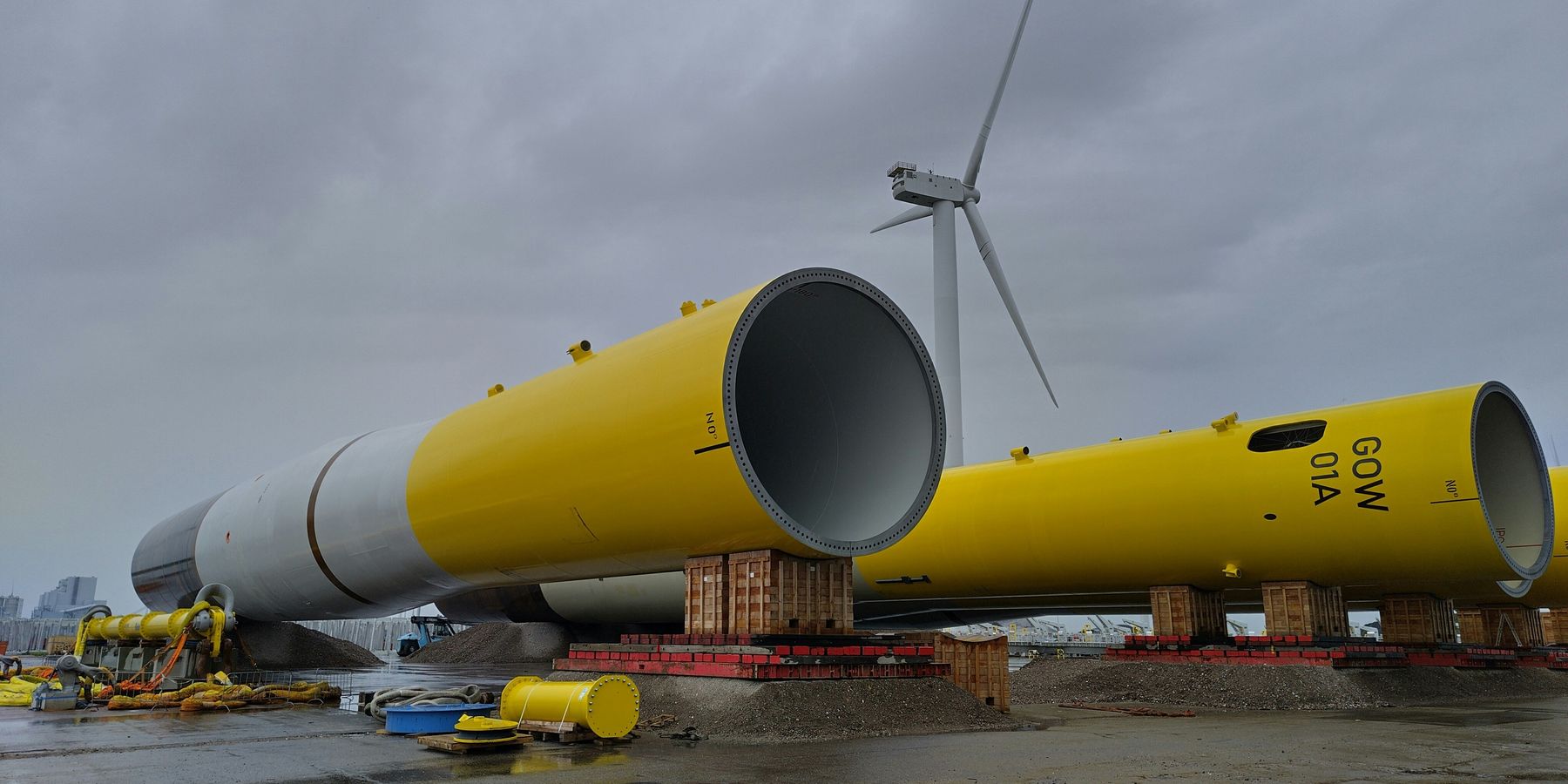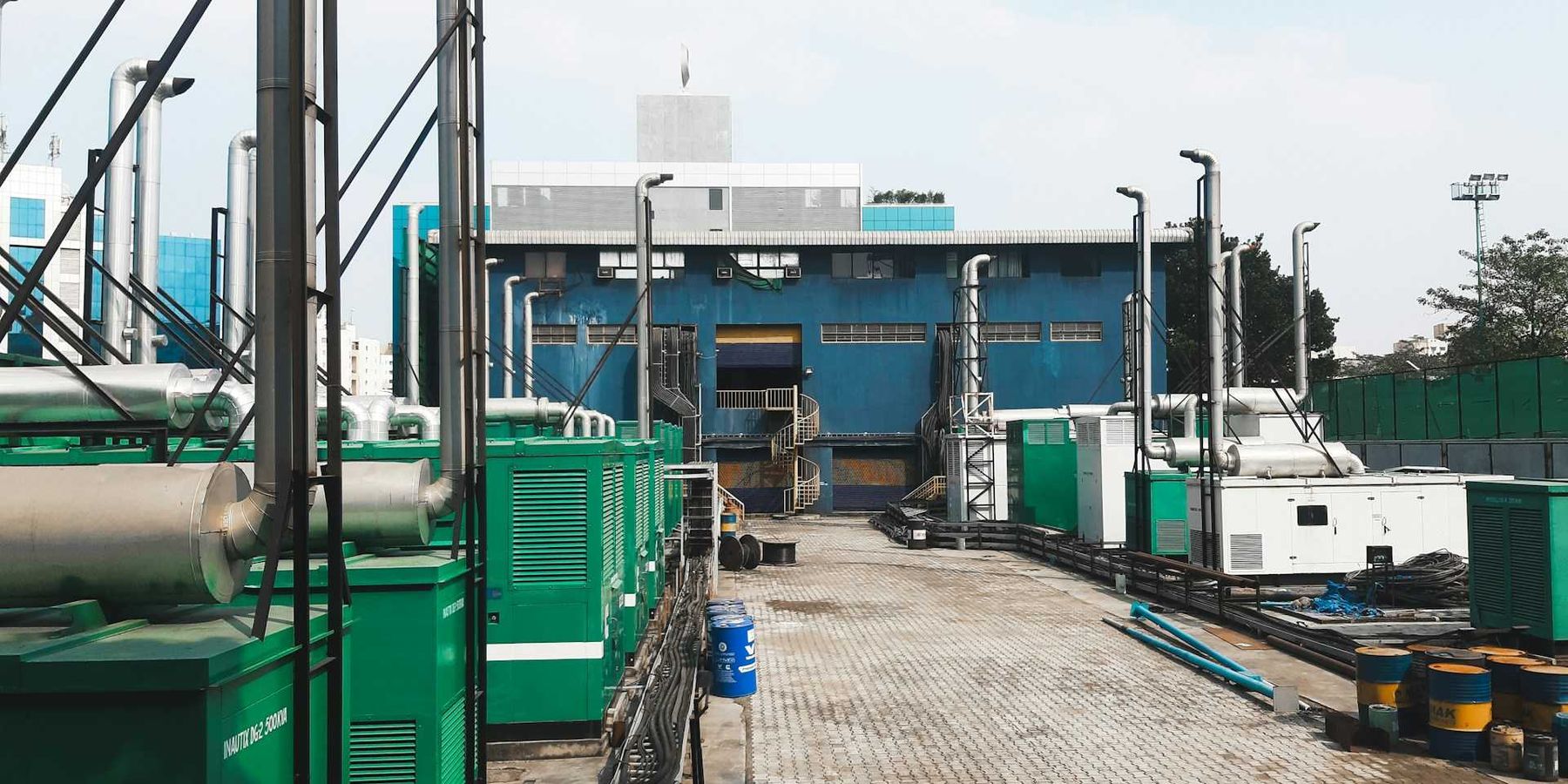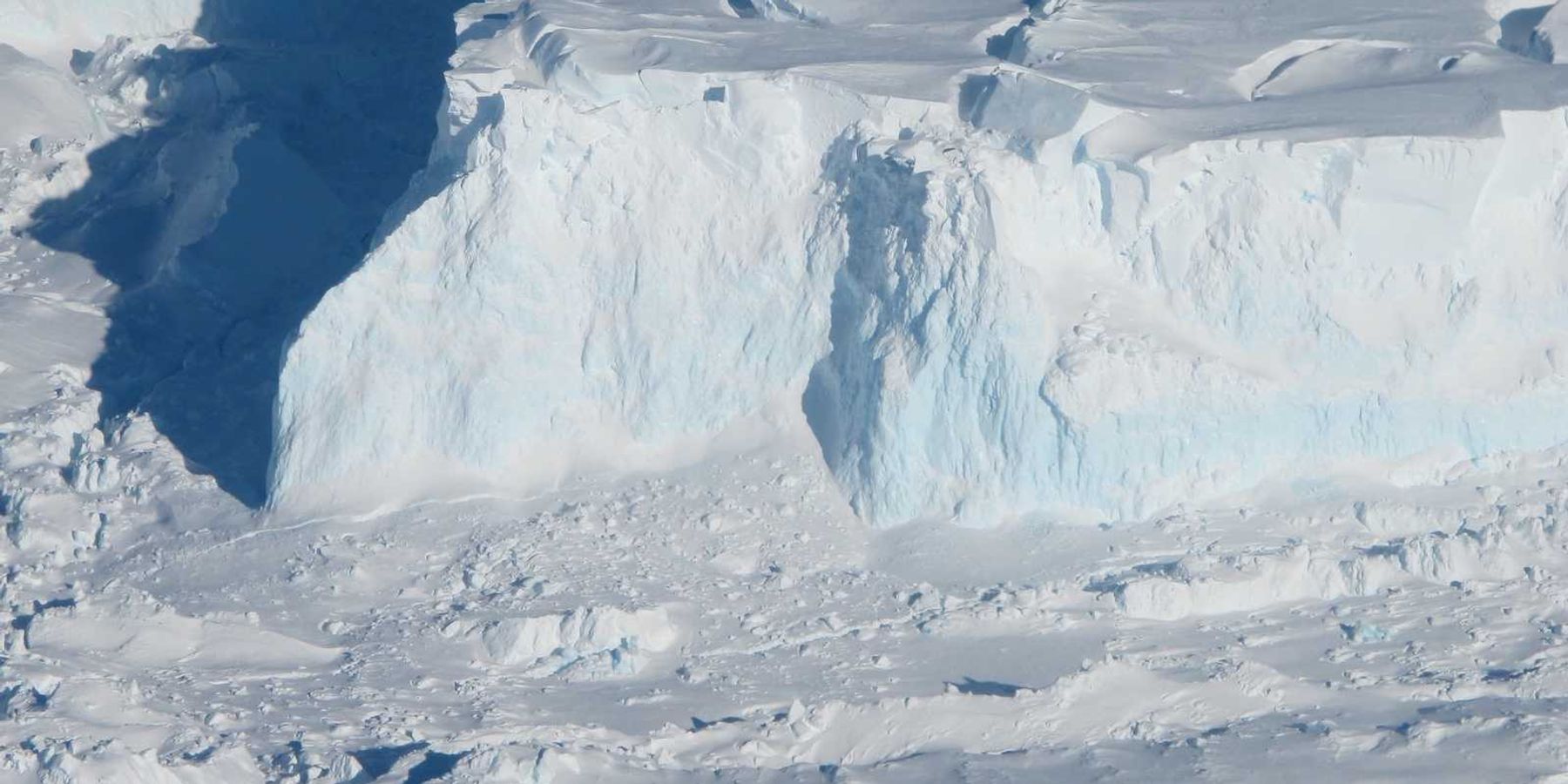Texas and Minnesota issue air pollution warnings, urging drivers to avoid idling and drive-thrus
Millions of residents in Texas and Minnesota were asked to change driving habits this week as forecasters warned of unhealthy air from wildfire smoke and ozone pollution.
Chloe Mayer reports for Newsweek.
In short:
- Wildfire smoke from Canada has pushed fine particle levels in Minnesota to “unhealthy” on the Air Quality Index, prompting alerts from Tuesday morning through Wednesday night.
- Texas faces high ground-level ozone levels in Dallas-Fort Worth, Houston, Galveston and Brazoria, with officials declaring an “Ozone Action Day” and asking residents to limit car use.
- The National Weather Service and state agencies warned that vulnerable groups — including people with asthma, heart disease, older adults and children — face elevated health risks.
Key quote:
“The general public should limit prolonged or heavy exertion. Reduce or eliminate activities that contribute to air pollution, such as outdoor burning, and use of residential wood burning devices.”
— National Weather Service
Why this matters:
Fine particulate matter and ground-level ozone are among the most dangerous forms of air pollution, linked to respiratory distress, cardiovascular disease and premature death. Wildfire smoke, which travels hundreds of miles, adds to emissions from vehicles and power plants, compounding risks during heat waves that already strain lungs and hearts. Children and older adults are particularly susceptible because their bodies process pollutants differently. In parts of the United States, these conditions are expected to become more frequent and intense as climate change drives hotter summers and longer fire seasons, leaving millions exposed to air quality that can fluctuate day by day — or even hour by hour.
Related: Wildfires in Manitoba may release decades of hidden toxic metals, scientists warn













